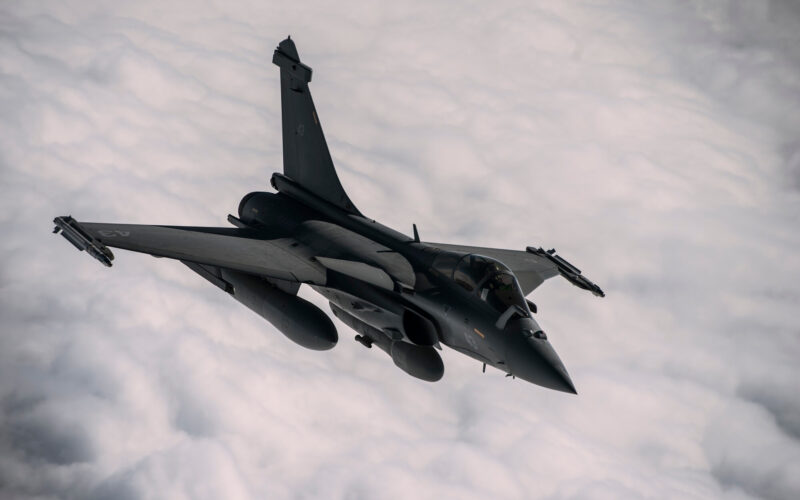Despite the initial announcement, the 24 used Dassault Rafale fighter jets deducted from the French Air Force fleet will not be fully replaced.
On January 25, 2021, Greece signed an order for six new and 12 used Rafale F3R fighters for the Hellenic Air Force. The levy of fighter jets from the French Air and Space Force fleet allowed a faster and cheaper procurement for Greece as it faced rising territorial tensions with Turkey.
A month later, the French Minister of the Armed Forces, Florence Parly, confirmed the order of 12 Dassault Rafale fighter jets to replace the second-hand aircraft.
On May 28, 2021, Croatia also decided to buy 12 used French F3R Rafale fighter jets to modernize the country’s air force, replacing the antique MiG-21BisD/UMD fighters from the Soviet-era currently in service. This time, however, no new order was placed.
As a consequence, the target to increase the number of Rafale fighters, which are the backbone of the force, to 129 jets by 2025 (from 102 on August 21, 2020) will not be met.
The setback was confirmed by the recently-appointed French Chief of the Defence Staff, General Thierry Burkhard, in a hearing with the French Parliament made available on November 9, 2021.
“As for the figures, in 2025, the target was 129 Rafale, but once the [24] Rafales have been removed and those that will be purchased added, we will end up with 117,” Burkhard told the Defense and Armed Forces Commission.
With 12 fighter jets now missing, the French Air and Space Force risk a capacity gap to carry out its different missions. These range from its deployment in Jordan to assist the coalition against the Islamic State, to the training of foreign pilots. To avoid this situation, the 42 Rafale Marine fighters of the French Naval Aviation could come to the rescue.
“The contribution of the Naval Aviation is taken into account by the Defence Staff, which is holding discussions with the Air and Space Force and the Navy,” Burkhard explained. “The things are clear, the objective being to have the most complete capacities possible and the deficit of the one being filled by the small additional capacity of the other.”
However, already confronted with the physical constraints of a catapult launch and arrested landing, as well as a higher average fleet age than their Air Force counterparts, an intensified employment could threaten the availability of the Rafales Marine.

